african sumac tree poisonous
Both plants can be responsible. Poison sumac which grows in the Eastern US has white or gray berries where edible sumac has red brown purple or maroon fruit.
An African Sumac tree is perfect for hot dry climates and for anyone that is looking for an attractive shade tree with a long lifespan.

. Slow growing single or multi-stemmed evergreen tree 15 to 30 feet tall. African sumacs are poisonous to humans. Up to 24 cash back The African Sumac attracts bees and it is also poisonous to humans.
Non-Toxic to Dogs Non-Toxic to Cats Non-Toxic to Horses. African sumac trees are susceptible to Texas root rot also known as cotton root rot or phymatotrichopsis root rot. Allergic dermatitis in humans usually not a problem in animals.
Symptoms of a poison sumac rash appear 848 hours after exposure and can last for weeks. Poisonous plants contain toxic compounds that can injure animals. It may cause milder but similar symptoms to those allergic to it.
No African sumac Rhus lancea isnt poisonous to animals. But its a close relative of poison ivy Toxicodendron radicans. Refrain from burning any part of the tree.
You need to be aware of this when you eat sumac for the first time. But poison sumac Toxicodendron vernix is also a small tree with leaves like regular sumac. A Rhus lancea African Sumac can be trained to a single trunk or allowed to grow into a multi-trunk tree with a look that resembles an olive tree.
Texas Root Rot. But during drought when pasture grass is sparse your horse might snack on the trees despite the taste. Gardeners should never handle the tree without gloves and keep children away from the plant.
It is a woody shrub that grows three to six feet tall in. I could not find African sumac listed in any of the allelopathic lists although sumac as a genus is listed. But it is easy to tell edible sumacs apart from the poison sumacs by looking at the.
African sumacs are poisonous to humans. Also people can be allergic to sumac just like everything else. So all parts of the tree contain the urushiol oil to which many humans.
Every part of the tree contains urushiol oil which causes an allergic reaction to skin. They are easy to prune or shear and have minimal maintenance. 浪 African sumac which is actually the same genus as poison oak is considered poisonous.
Department of Agriculture Plant Hardiness Zones 8. The fungus Phymatotrichopsis omnivora which is found in the. Not Poisonous Unlike its close relatives poison ivy oak and sumac the landscape sumacs do not cause itchy rashes.
Id avoid planting it where puppies might be tempted to nibble on the foliage or berries it produces. Smooth sumac is well known for its brilliant red fall foliage and its deep red berries. There is also a shrub called the poison sumac Toxicodendron vernix which produces small poisonous white berries.
African sumac which is actually the same genus as poison oak is considered poisonous. Moreover are African sumac trees poisonous to dogs. A thicket of smooth sumac retained some of its berries in January though most of them were gone.
All parts of a poison sumac plant are poisonous and the oils remain active even after the plant dies. Some bad native Sumacs or Sumac relatives that you should know about are Poison Ivy Toxicodendron radicans formerly Rhus radicans and Poison Sumac Toxicodendron vernix formerly Rhus vernix. African sumac Rhus lancea is a drought-tolerant shade tree that grows in US.
Moreover are sumac trees poisonous. This plants is easy to identify by the leaf trifoliate-compound three- part and glossy dark green. Every part of the tree contains urushiol oil which causes an allergic reaction to skin.
Vine- and shrub-like poison ivy and oak have three distinct leaflets per leaf so there is no confusing those. Gardeners should never handle the tree without gloves and keep children away from the plant. African sumacs are poisonous to humans.
Smooth sumac Rhus glabra is the only shrub or tree that is native to all of the 48 contiguous states. Poison Ivy Poison Oak. An African Sumac tree is perfect for hot dry climates and for anyone that is looking for an attractive shade tree with a long lifespan.
Petunias are also quite susceptible to juglone the poisonous compound in allelopathic plants. Sumac trees such as the staghorn sumac Rhus typhina smooth sumac Rhus glabra and fragrant sumac Rhus aromatica produce edible red berry-like drupes.
Tree Of The Week Use The African Sumac For Shade Or Perhaps To Make Beer

Poison Sumac Rash Pictures And Treatment

Rhus Lancea African Sumac Youtube
African Sumac English 130 Group 1
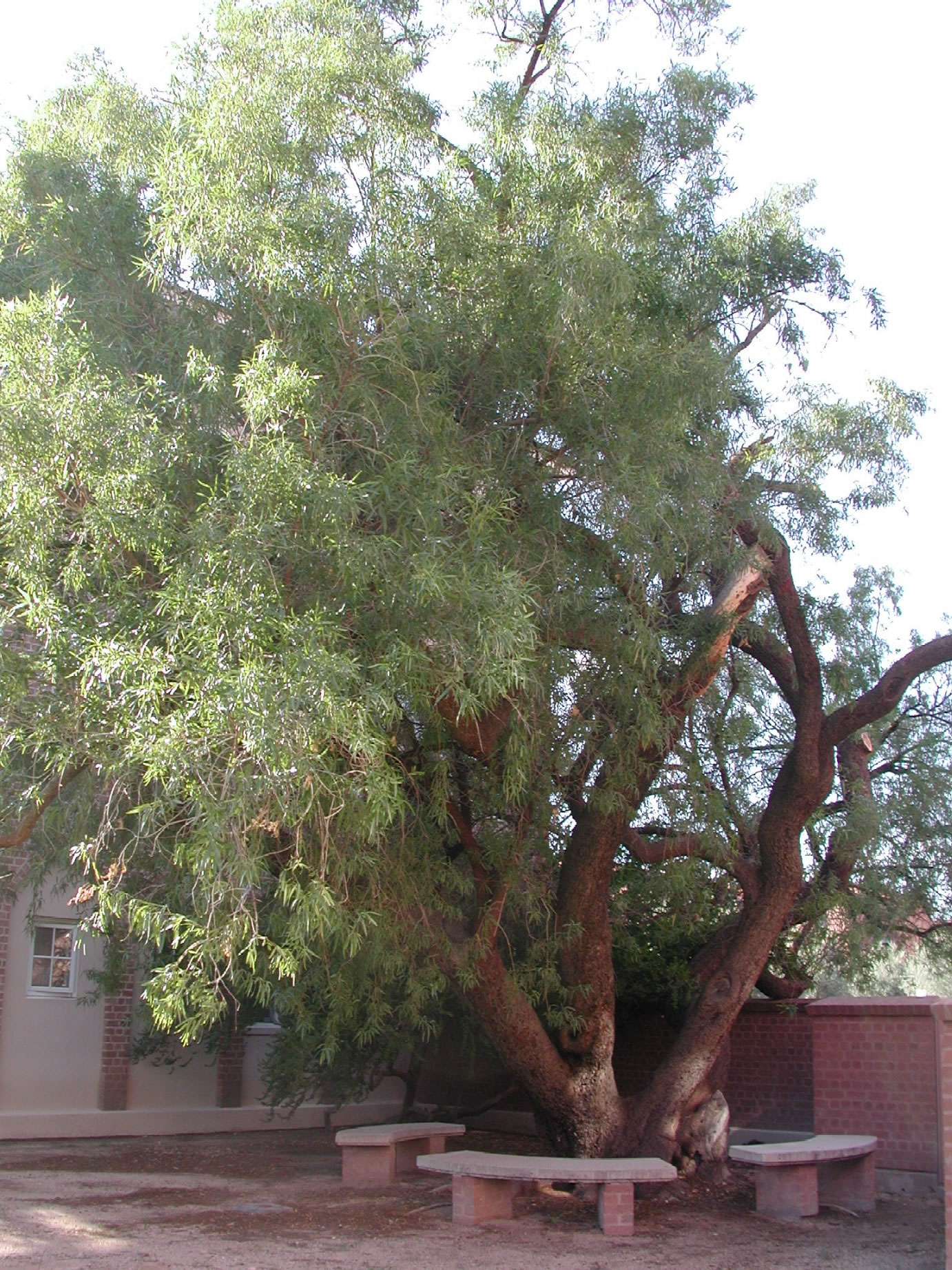
Find Trees Learn University Of Arizona Campus Arboretum
African Sumac English 130 Group 1
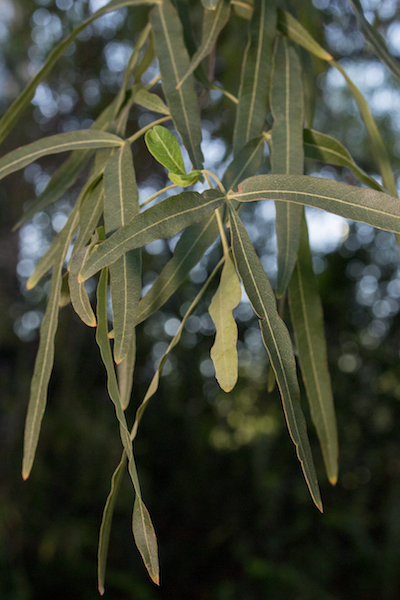
Find Trees Learn University Of Arizona Campus Arboretum
African Sumac English 130 Group 1
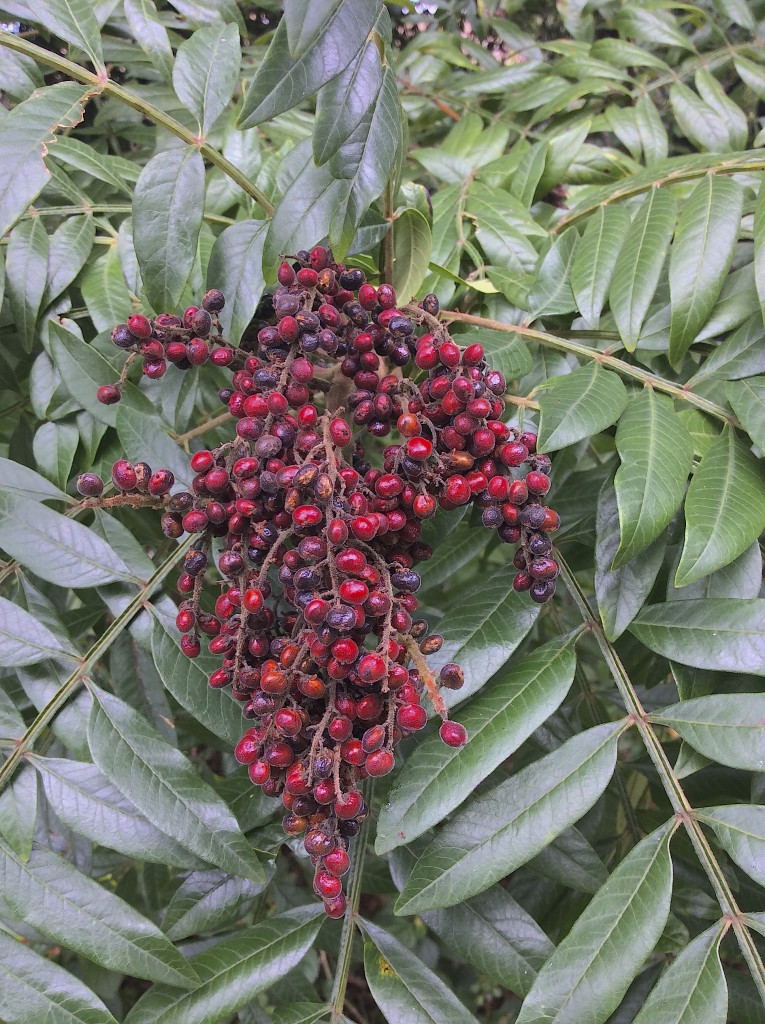
Sumac More Than Just Native Lemonade Eat The Weeds And Other Things Too

Rhus Lancea African Sumac Karee Western Karee Willow Rhus Southeastern Arizona Wildflowers And Plants

Rhus Lancea African Sumac Karee Western Karee Willow Rhus Southeastern Arizona Wildflowers And Plants
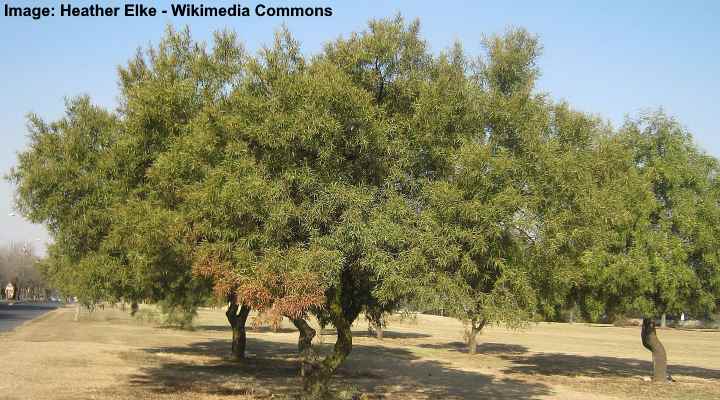
Sumac Trees Types Leaves Berries Pictures Identification Guide
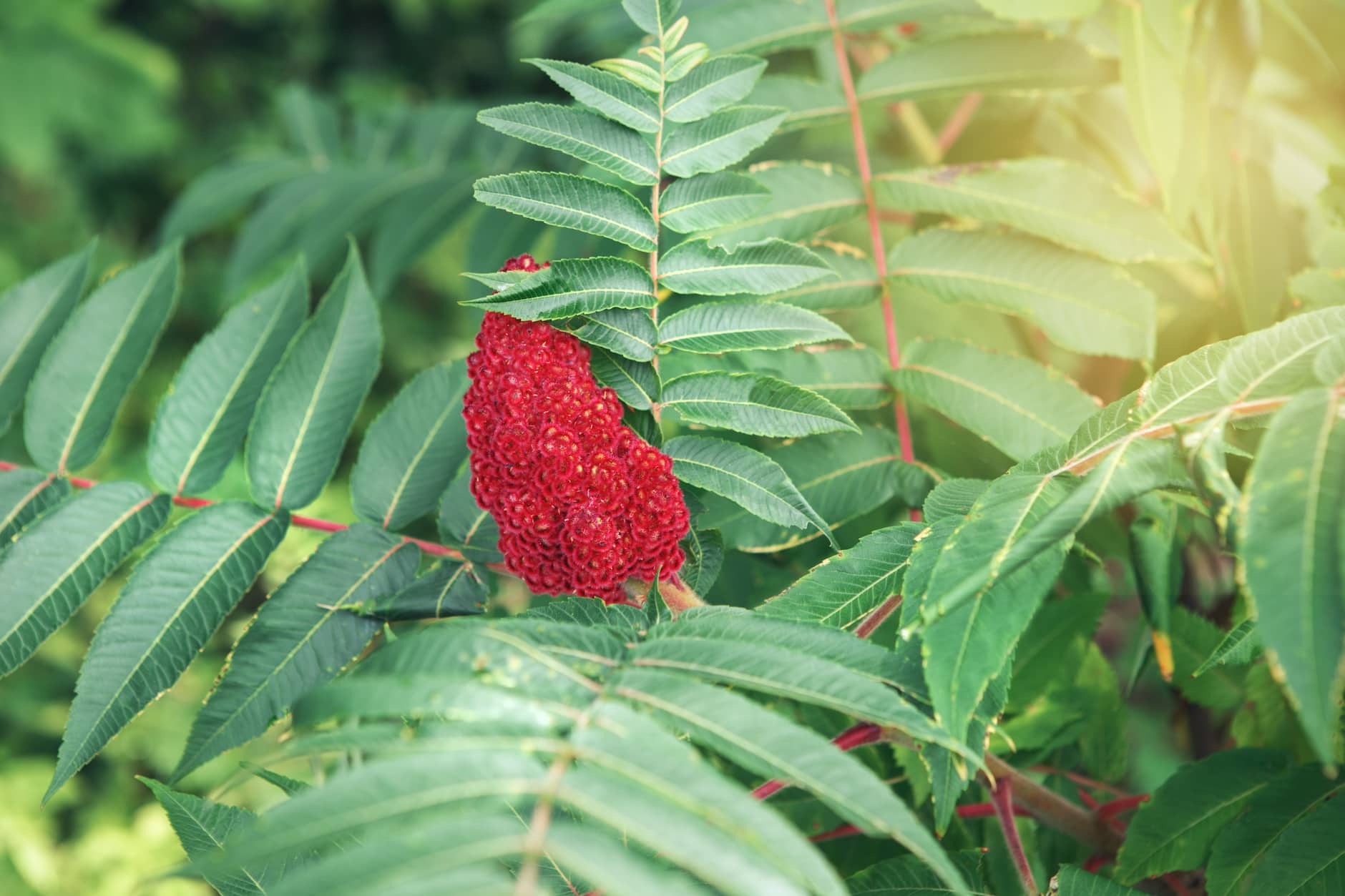
Wild Edibles Sumac Berries Farmer S Almanac
African Sumac English 130 Group 1

Xtremehorticulture Of The Desert African Sumac Too Close To A Wall

28 5 Gallon African Sumac Feature Tree In Pot With Soil L11769 In The Trees Department At Lowes Com
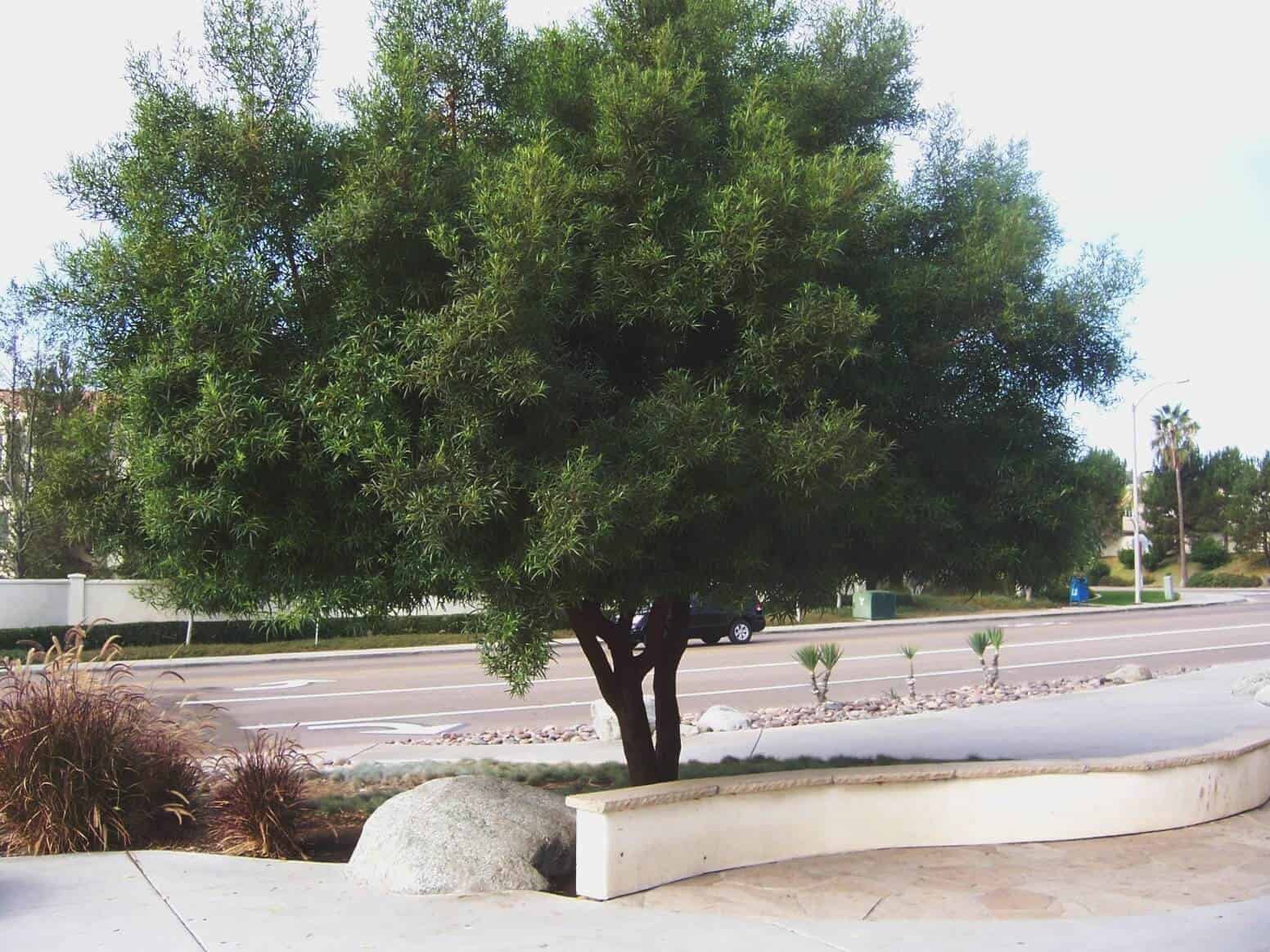
African Sumac High Desert Nate S Nursery
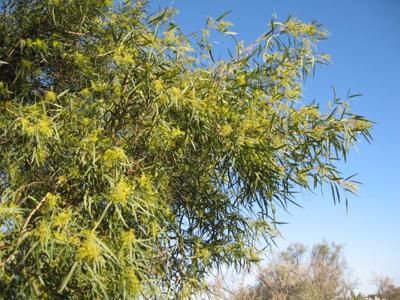
Gv Gardeners African Sumac Trees Now Abuzz Get Out Gvnews Com